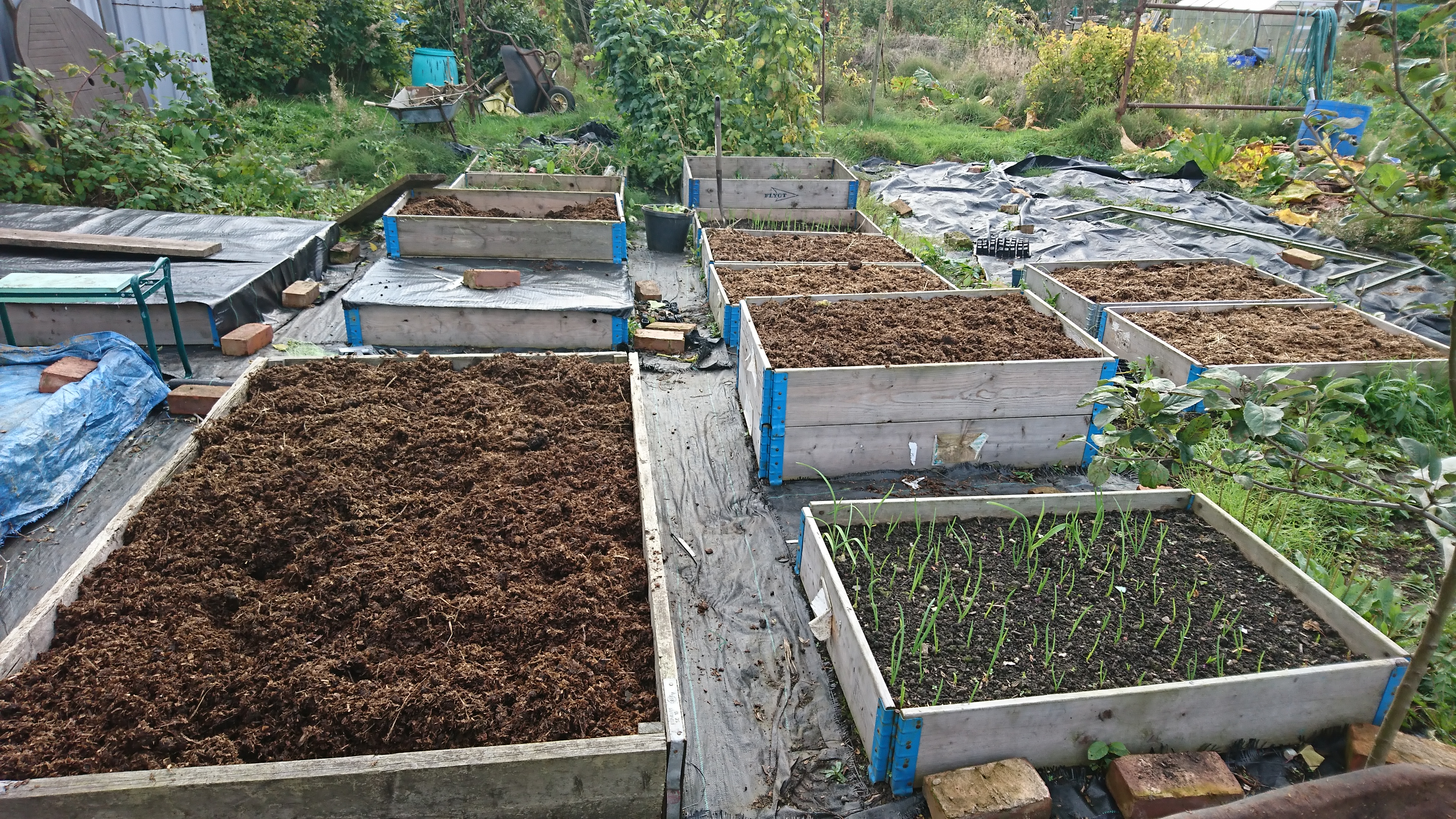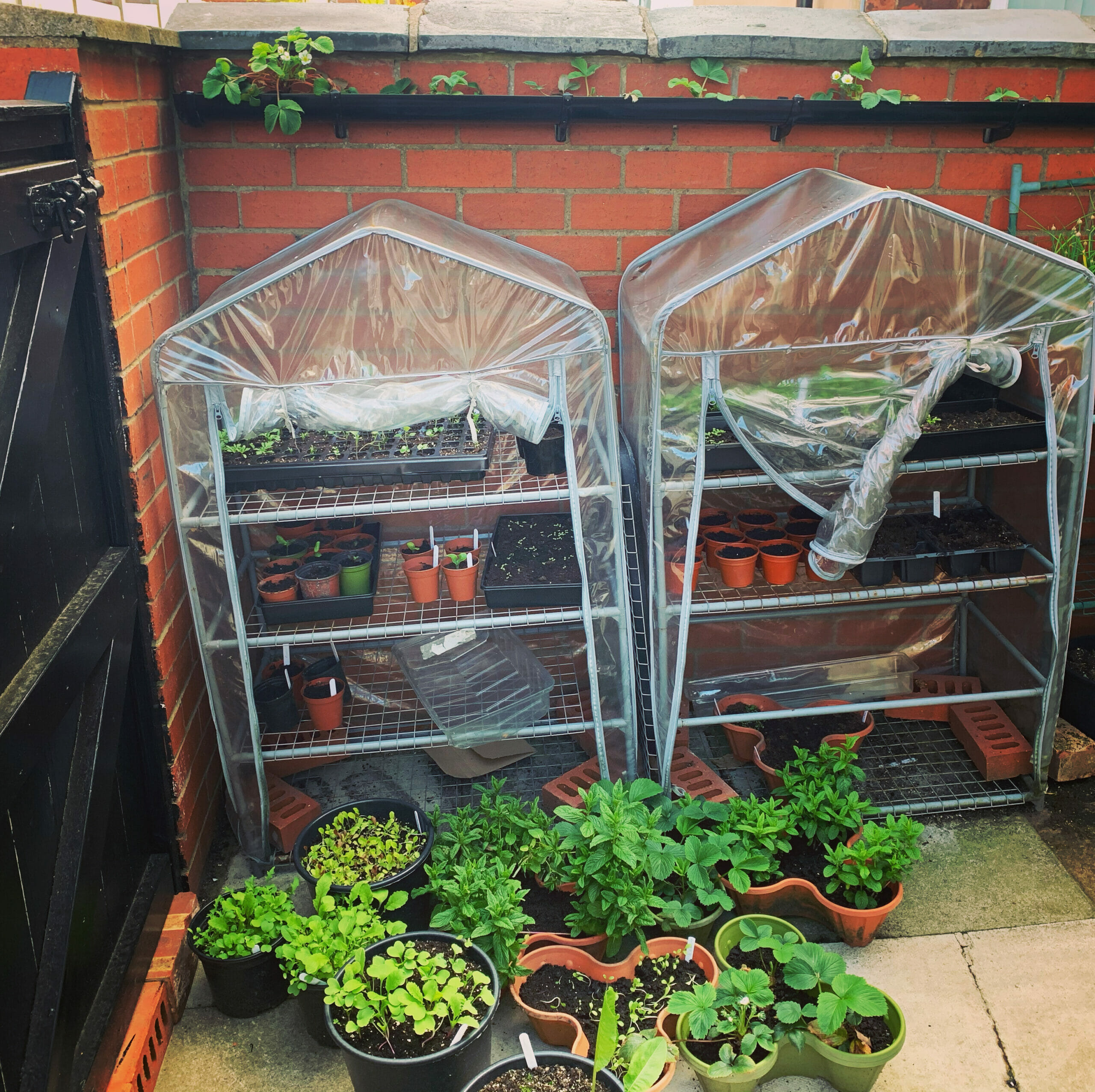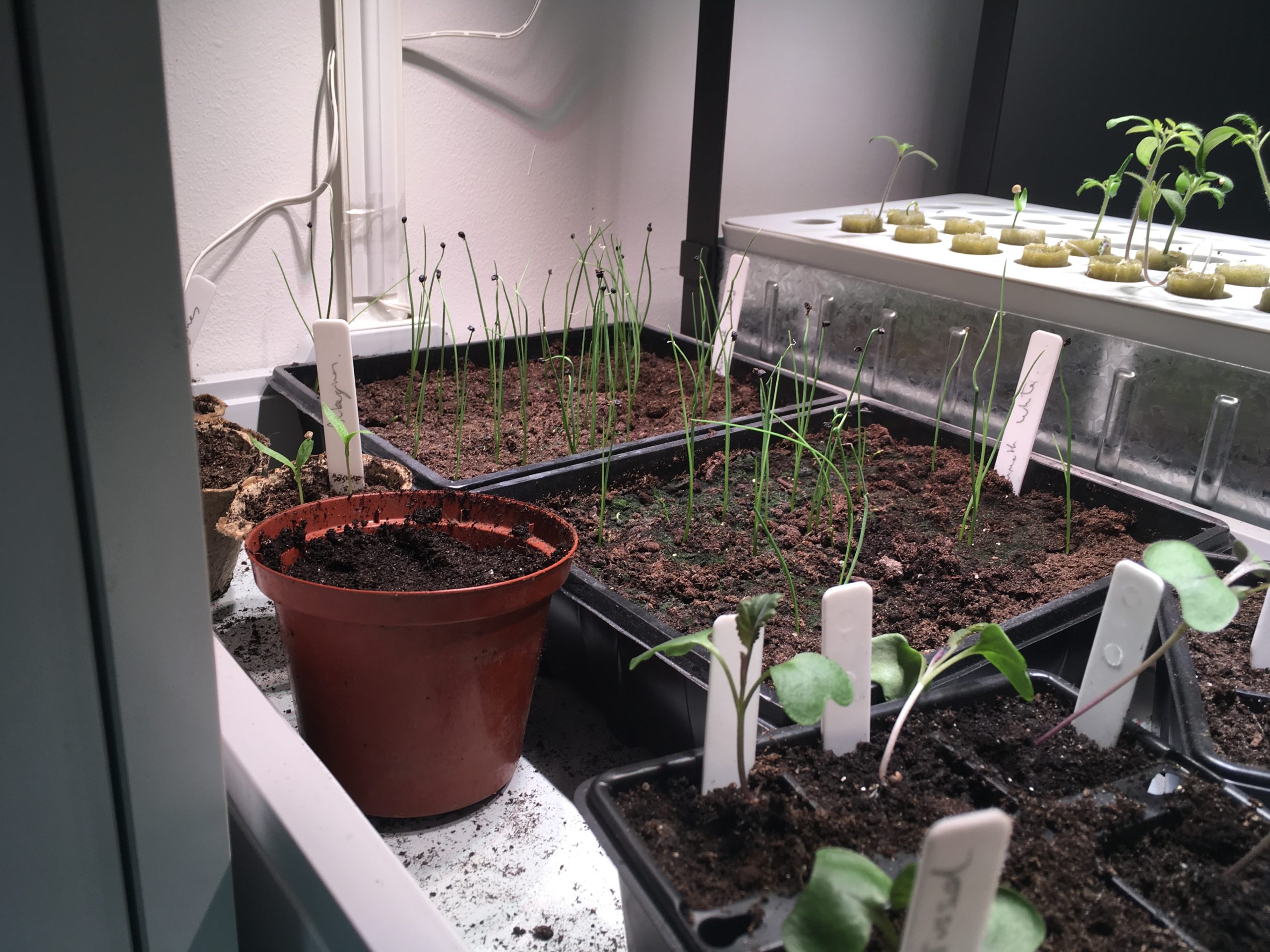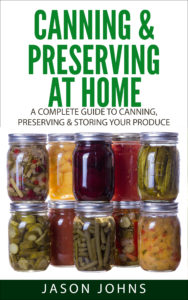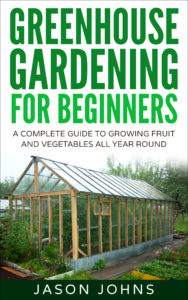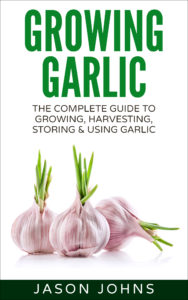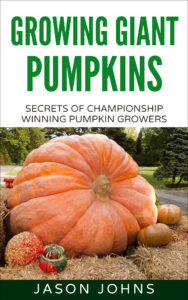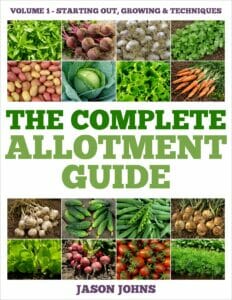September – What To Do In The Vegetable Garden
September generally sees work on the allotment calming down a little. The weather will start to become cooler and the days shorten. There will be less to harvest and plant, giving you more time to work on longer term or structural projects on your plot. However, there is still plenty to keep you occupied!
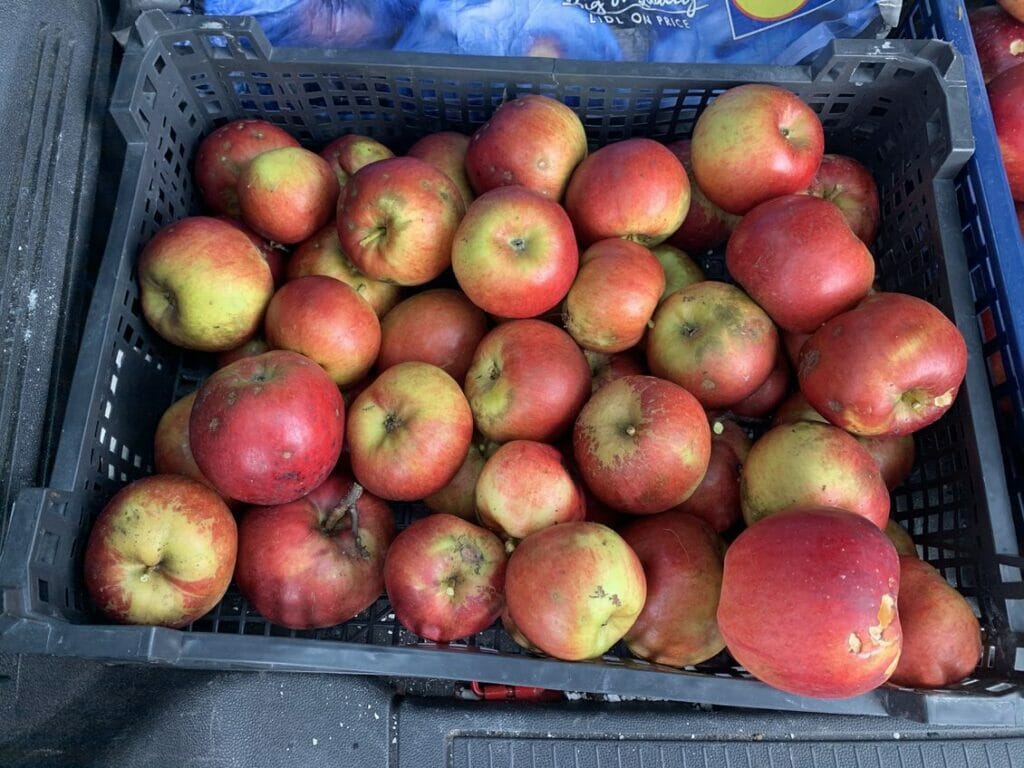
What to Harvest
Although harvesting will slow down this month, there should still be plenty to harvest throughout the month.
- Apples – the last of the early season apples and the first of the mid/late season varieties can be harvested this month.
- Apricots – the last of the apricots can be harvested this month. After the end of the month, any fruit left on the tree is unlikely to ripen any further.
- Aubergines – harvest while the fruit have a glossy shine to them. Once the shine starts to fade, the fruits can develop a bitter taste.
- Beetroot – keep picking the beetroot. As well as pickling them, try roasting them doused in balsamic vinegar and olive oil!
- Blackberries – late season blackberries are ready to harvest. Note the canes that have produced fruit (tie some ribbon or string to them) as they will need cutting back soon.
- Blueberries – late season varieties will still have a few berries on to harvest.
- Broccoli – this can still be harvested this month when the heads are tightly formed.
- Brussels Sprouts – this month you can start harvesting these, though they could still be small.
- Cabbages – autumn and red cabbages should be ready to harvest from this month through to November.
- Cape gooseberry – also known as physalis, these should be ripe this month. Harvest when the husks dry and turn brown and papery. The bright orange fruit will be visible inside.
- Carrots – lift your carrots, being careful not to snap the roots. Keep them covered with a tightly woven mesh to prevent carrot root fly damage.
- Cauliflower – harvest when the heads are tightly curled and before they bolt. Blanch and freeze for long term storage.
- Celeriac – you can lift some of these this month, though they are likely to be a little small.
- Chillies and Peppers – as they turn red they will be hotter or sweeter. Harvest as and when required.
- Courgettes – the last of the courgettes should be ready to harvest this month. Remember to check your plants often as they can quickly become too large.
- Cranberries – the first of the cranberries will be ripe this month, though you can leave them on the bush until they are all ripe.
- Cucumbers – harvest these before they grow too large. IF grown outside, the plants will die in the frosts.
- Damsons – most damsons will be ready to harvest now as they can be picked slightly unripe as they are usually cooked. Damsons are often found growing in the wild.
- Figs – harvest these towards the end of the month. The ripe fruits will store for 2-3 weeks covered in a cool place.
- Florence Fennel – this can still be harvested this month.
- French beans – harvest to eat or leave in place to dry.
- Globe Artichokes – you may get a second crop of edible flowerheads, but they will need to be harvest by the end of the month.
- Grapes – some of these will be ripe this month, though the longer you can leave them, the higher their sugar content will be.
- Kohl Rabi – these will still be harvestable this month.
- Leeks – the first of the leeks should be ready this month if they were planted early. Baby leeks are good to harvest and use.
- Lettuce – keep harvesting as required this month.
- Marrows – the last of these can be harvested as the plants will die in the cold and frosts. The fruit can be left in the sun to cure so the skins harden and they store better.
- Peas – keep harvesting peas and remove any overripe pods unless you are saving seeds.
- Pears – these can be harvested still this month. Check them like you would apples.
- Plums – plums and damsons should be ready to harvest.
- Potatoes – maincrop potatoes are ready to harvest this month. Dry them thoroughly before storing over winter. In some areas, providing pests and wet weather aren’t a problem, the tubers can be left in the ground until required.
- Pumpkins – you can start harvesting these when they are ripe this month.
- Radishes – winter radishes can be harvested when the roots are larger than salad varieties.
- Raspberries – autumn fruiting raspberries will still be fruiting. Harvest regularly as they will become overripe very quickly.
- Runner Beans – keep harvesting the young, tender beans before they grow too large.
- Spinach – Keep harvesting the leaves from any plants that haven’t bolted.
- Spring Onions – this is probably the last month you can harvest spring onions, though depending on how mild the weather is, some may still continue to grow into next month.
- Strawberries – perpetual strawberries will continue to ripen this month and possibly into October providing there are no early frosts.
- Sweetcorn – harvest any cobs that are ripe, eating them as soon as possible before the sugars turn into starches.
- Sweet Potatoes – the first of your sweet potatoes will be ready to dig up this month.
- Swede – the first swedes will be ready to harvest this month. They will continue to grow larger, so harvest a few as and when you need them, leaving the rest for later.
- Swiss Chard – keep harvesting the leaves before they grow too large. New leaves will appear in the centre. This plant does get attacked by slugs and snails, so check regularly for these pests and compost any damaged leaves.
- Tomatoes – you can still harvest tomatoes this month, particularly the larger, beefsteak tomatoes that take longer to mature.
- Turnips – keep harvesting these while the roots are still relatively small.
- Winter Squashes – these can start to be harvested this month, though cure them (dry) before storing and they will last some time.
Vegetable Plant Jobs
There are plenty of jobs in the vegetable garden, including sowing winter salad leaves and lettuces plus some of the Oriental leaves. Overwintering onion sets can also be planted this month as they will survive the cold of winter.
- Cabbages – transplant spring cabbages into their final growing position. Ensure they are firmed into the ground well and protect them with netting and cabbage collars.
- Lettuce – winter lettuces and salads such as corn salad, winter purslane and rocket can be sown this month under cloches
- Mizuna – Oriental leaves such as mizuna and mibuna can be planted now, though the young plants may benefit from covering on colder nights.
- Onions – plant overwintering onion sets. Bury the sets 3-4″/7-10cm apart with the tips either just above or below the surface of the soil. Check these regularly as they are often dug up by curious animals and left on top of the soil.
- Radishes – you may be able to sow a last crop of radishes early in the month to harvest before the end of the year.
- Spinach – this is your last chance to sow spinach, though cover them on colder nights.
- Spring Onions – these can be sown in September to overwinter for a spring harvest.
Fruit Tree/Bush Jobs
The fruit garden will still have a lot to harvest, but there are a few jobs to do. Bare root trees shouldn’t be planted until winter, but they can be ordered now from suppliers for later delivery. Container grown fruit bushes and trees can be planted now.
- Cranberries – new plants can be sown from now until November, though remember they need an acidic soil. For most people, these are best grown in containers of ericaceous compost.
- Peaches and Nectarines – container grown plants can be put in the ground now, though wait until November to plant bare root trees. These trees need a sunny, sheltered, south facing position.
- Strawberries – plant new strawberries so they have plenty of time to establish themselves ready for a good crop next year.
General Jobs
September is very much a tidying month where you clear away dead or dying leaves and plants, keep on top of weeds and generally keep your vegetable plot tidy after the rush of the summer.
- Asparagus – once the foliage has started to turn yellow, cut it down to about 1″/2.5cm above the surface and put it on the compost heap.
- Blackberries – prune blackberries and other hybrid berries, removing canes that have produced fruit. New canes, which will produce fruit next year, need tying in place.
- Brussels Sprouts – earth up and stake your Brussels sprouts and other brassicas to stop them rocking in the wind. In more exposed areas, tie them to stakes to stop them being damaged.
- Celeriac – feed regularly with a liquid feed and remove any damaged leaves.
- Celery – earth up your celery plants so the sun cannot get to the stems.
- Compost – turn your compost heap a couple of times this month and aerate it regularly to help speed up decomposition. It is likely to be quite full from the summer. If the compost becomes too dry, water it but don’t soak it. It will benefit from covering to keep it warm, which also helps the composting process.
- Grapes – prune side shoots and remove some leaves so the sun can get to the fruits.
- Green Manure – start sowing green manures such as phacelia, field beans and annual ryegrass. These will all overwinter and can be dug into the soil next spring.
- Pumpkins – keep feeding and watering your pumpkins, particularly the larger varieties. Carefully remove leaves from around the fruits so the sun can get to them.
- Seeds – collect and save any seeds this month from heirloom varieties. Seeds from F1 varieties are not worth saving as they will not grow true to the parent plant.
- Water – keep watering your plants during dry weather. Squashes, and particularly pumpkins benefit from plenty of water so that the fruits can keep growing.
Greenhouse and Polytunnel Jobs
Like outside, many jobs here will involve tidying up, but many plants will still be ripening and producing fruit.
- Dead Leaves – remove dead or damaged leaves from your plants and compost them. Do not allow plant debris to remain on the greenhouse floor as this can harbour pests and diseases.
- Frosts – watch out for early frosts and bring any tender plants in from outside if there is a risk of frost.
- Heaters – check your greenhouse heaters are in good working order, so that any repairs can be made before you need them.
- Pests – keep checking for pests and diseases, making sure there is sufficient space between your plants for air circulation.
- Shading – now light levels are dropping, shade paint can be washed off and shade netting removed and cleaned.
- Ventilation – vents and windows will need to be closed on cooler nights now to protect your tender plants.

